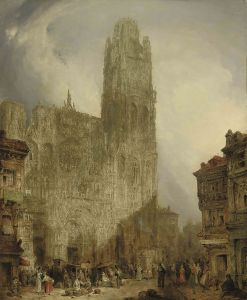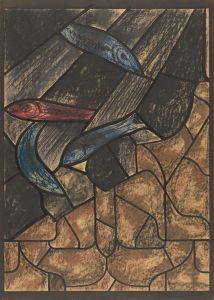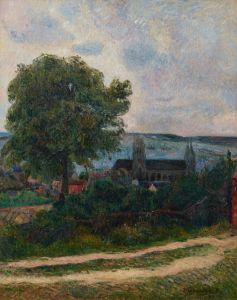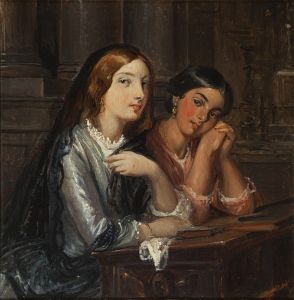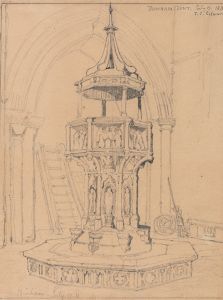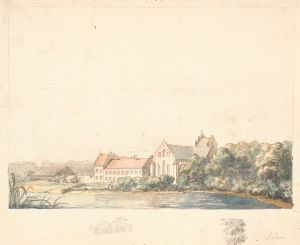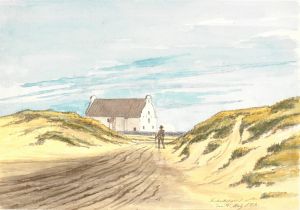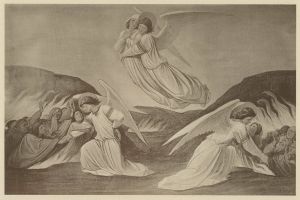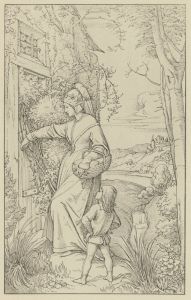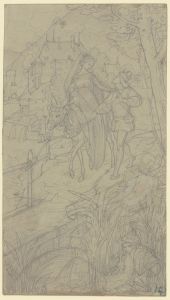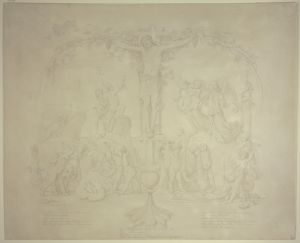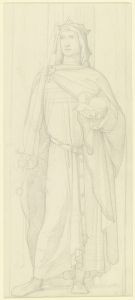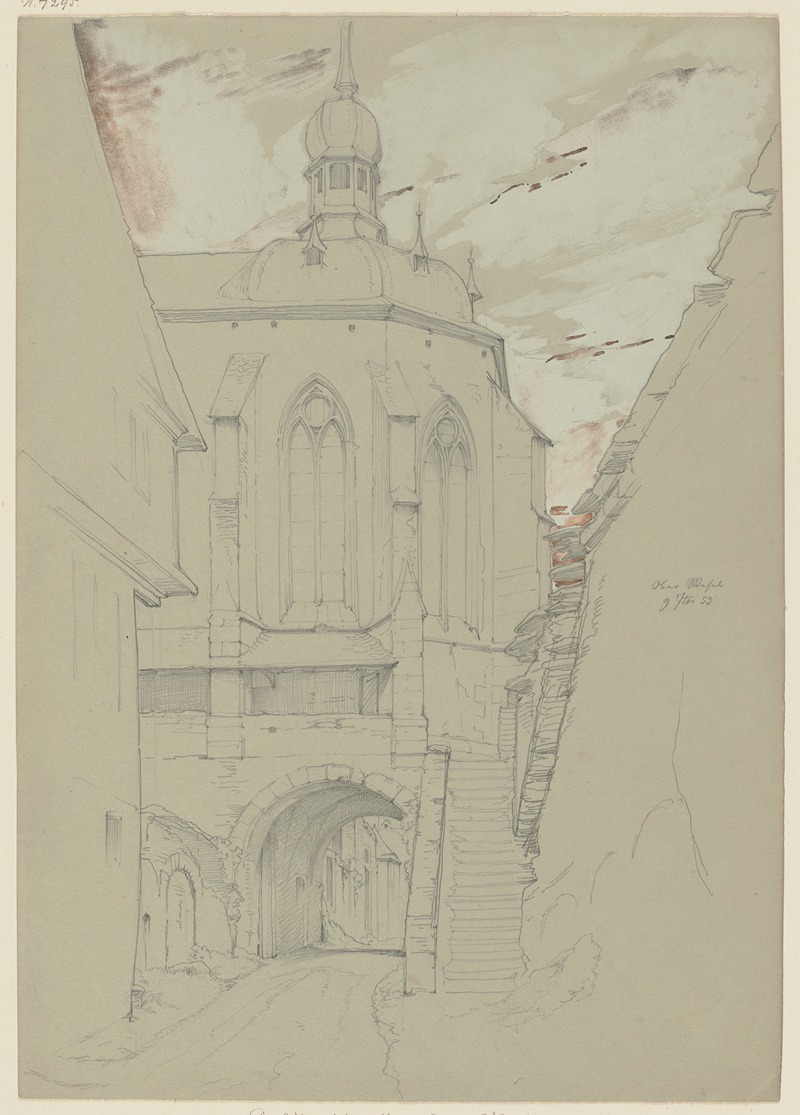
Die Wernerkapelle in Oberwesel
A hand-painted replica of Eduard von Steinle’s masterpiece Die Wernerkapelle in Oberwesel, meticulously crafted by professional artists to capture the true essence of the original. Each piece is created with museum-quality canvas and rare mineral pigments, carefully painted by experienced artists with delicate brushstrokes and rich, layered colors to perfectly recreate the texture of the original artwork. Unlike machine-printed reproductions, this hand-painted version brings the painting to life, infused with the artist’s emotions and skill in every stroke. Whether for personal collection or home decoration, it instantly elevates the artistic atmosphere of any space.
Eduard von Steinle was a prominent 19th-century German painter associated with the Nazarene movement, which sought to revive honesty and spirituality in Christian art. One of his notable works is "Die Wernerkapelle in Oberwesel," a painting that captures the Werner Chapel in Oberwesel, Germany.
The Werner Chapel, or Wernerkapelle, is a Gothic-style chapel located in the town of Oberwesel on the Rhine River. It was built in the 13th century and is dedicated to St. Werner of Oberwesel, a young boy who was allegedly murdered in 1287, leading to his veneration as a martyr. The chapel stands as a significant historical and architectural landmark, reflecting the religious and cultural history of the region.
Eduard von Steinle's painting of the Werner Chapel is a testament to his skill in capturing architectural details and the serene beauty of religious structures. The painting likely depicts the chapel in its picturesque setting, surrounded by the natural landscape of the Rhine Valley, which is known for its scenic beauty and historical significance.
Steinle's work is characterized by its meticulous attention to detail and the use of light to create a sense of reverence and tranquility. His depiction of the Werner Chapel would have aimed to evoke the spiritual and historical essence of the site, highlighting its importance as a place of worship and pilgrimage.
The painting "Die Wernerkapelle in Oberwesel" is an example of Steinle's broader artistic contributions, which include numerous religious and historical subjects. His works are celebrated for their technical proficiency and their ability to convey deep spiritual and emotional resonance.
Eduard von Steinle was born in Vienna in 1810 and studied at the Academy of Fine Arts in Vienna before moving to Rome, where he became associated with the Nazarene movement. The Nazarenes were a group of early 19th-century German Romantic painters who sought to revive the purity and spirituality of medieval and early Renaissance art. Steinle's association with this movement influenced his artistic style and thematic choices, as seen in his reverence for religious subjects and historical accuracy.
Throughout his career, Steinle produced numerous works that were commissioned for churches and other religious institutions, contributing to the revival of Christian art in the 19th century. His paintings are housed in various museums and collections, reflecting his enduring legacy as a significant figure in German art history.
In summary, "Die Wernerkapelle in Oberwesel" by Eduard von Steinle is a painting that captures the Werner Chapel's historical and spiritual significance. Steinle's meticulous attention to detail and his ability to evoke a sense of reverence make this work an important example of 19th-century religious art. The painting not only showcases Steinle's technical skill but also his deep connection to the spiritual and cultural heritage of the sites he depicted.





